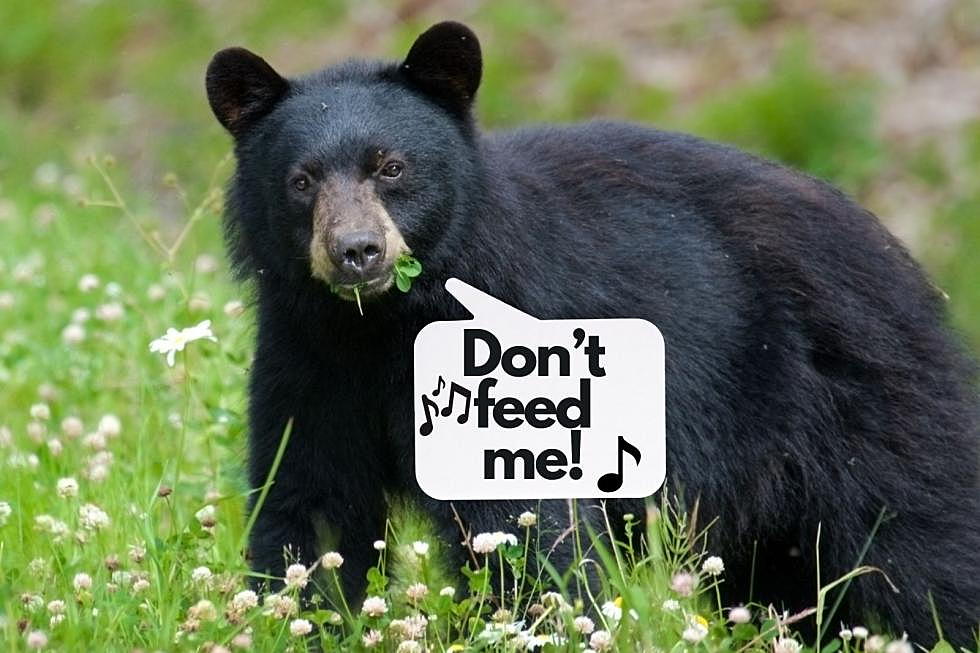
What Will Happen to Colorado’s Ecosystem After Unparalleled Wolf Reintroduction?
**Editor's Note: we corrected the article to state the proper number of wolves which will be introduced in Colorado. We falsely state that the Colorado Parks and Wildlife will add 15 more wolves into the wild. The correct number is a total of 15 wolves will be introduced in phase one.
Recently, ten wolves were released into the wild in Colorado’s Western Slope. By mid-March, Colorado Parks and Wildlife is looking at a total of 15 wolves. This was part of Colorado’s Proposition 114, which was codified after it was passed via ballot measure.
The since-approved proposition comes in as the first of its kind for a state. Usually, the federal government has been responsible for reintroducing wolves, but Colorado is the first to vote on the subject itself.

It has since become one of the most hot-button topics in Colorado’s state politics for quite some time. Many are worried about how the reintroduction of wolves will not only affect Colorado’s ecosystem but livelihoods as well.
With all of this being said, let’s dive into Colorado’s history with wolves along with current-day facts to see how their reintroduction could affect the state moving forward.
When Were Wolves Initially Eliminated in Colorado?
Wolves had been around for many generations before settlers came to Colorado. When Euro-Americans began making their way out west and coming across Colorado, they saw gray wolves in a much more different light.
In 1892, as people began setting up farms, gray wolves would kill livestock. It became such a problem at the time, that people would be given $1 for each wolf they killed. As populations became smaller, the bounty only increased.
It would prove to be an effective strategy. By 1940, the last native wolves were spotted in the state.
Opponents of Wolf Reintroduction Believe They Will Cause Damage to Colorado's Ecosystem and Livestock
The biggest concern amongst people in Colorado is the possible implications for ranchers in the state.
Before the wolves were released, ranchers filed a lawsuit to try to stop their reintroduction.
The president of the Gunnison County Stockgrowers Association, Andy Span, said that,
“Impacts of wolf reintroduction, as would any other action of this magnitude, need to be properly reviewed to avoid unintended negative consequences to the natural environment, wildlife, and people of the impacted communities”
Wolves from neighboring states have indeed killed livestock in Colorado. A Jackson County rancher, Don Gittleson, who has suffered the most livestock losses to wolves in the state, has requested he be allowed to kill the two wolves who are responsible.
Republican State Senator, Perry Will, also believes that Colorado is too densely populated for them to survive.
Supporters of Wolf Reintroduction Point to Examples from Other Places to Say It Will Help Colorado's Ecosystem
On the other hand, supporters of wolf reintroduction believe it will have positive effects on the ecosystem.
Not only do they cite that they were a part of Colorado’s historical ecosystem, but they point to examples from Yellowstone from their wolf reintroduction in the 1990s.
Due to wolves hunting large groups of overpopulated elk, their wetlands began to see a bounce back.
Finally, Joanna Lambert, who is an environmental studies professor at the University of Colorado, disagrees with the sentiment that Colorado is too populated for them to survive.
She believes their intelligence along with their adaptability will help them to find their food along with coexisting with people in populated areas.
Given wolf reintroduction has already been set in motion, only time will tell what wolves will truly do to Colorado’s ecosystem. While we have positive examples from places like Yellowstone, which is a large National Park, there are still plenty of concerns about how it could affect the livelihoods of Colorado’s ranchers along with their livestock.
These Are the Most Dangerous Animals in Colorado
Gallery Credit: Emily Mashak
Uncommon Animals of Colorado
Gallery Credit: Kelsey Nistel



